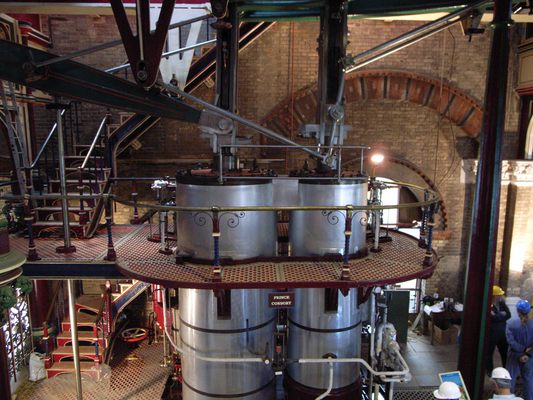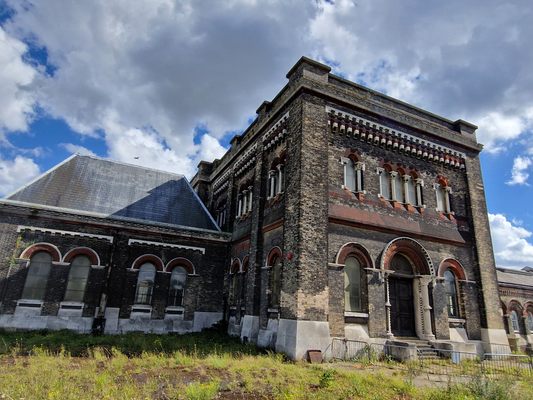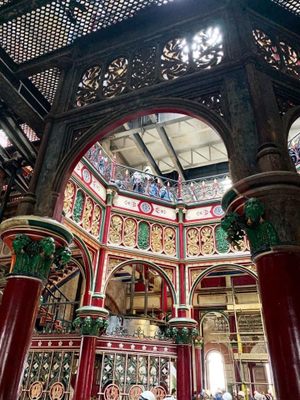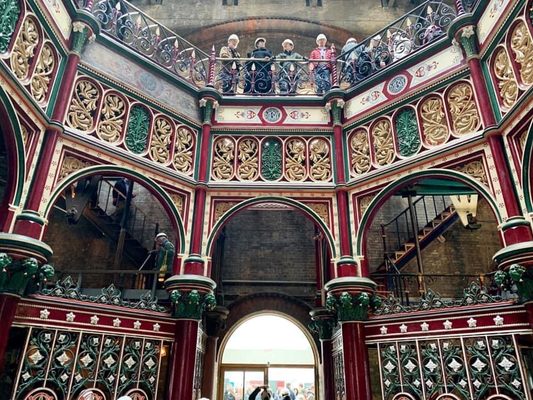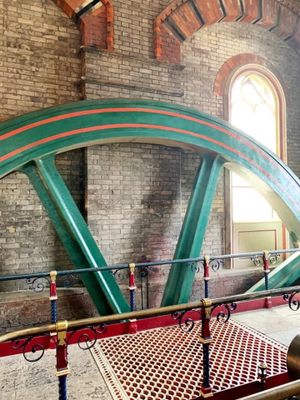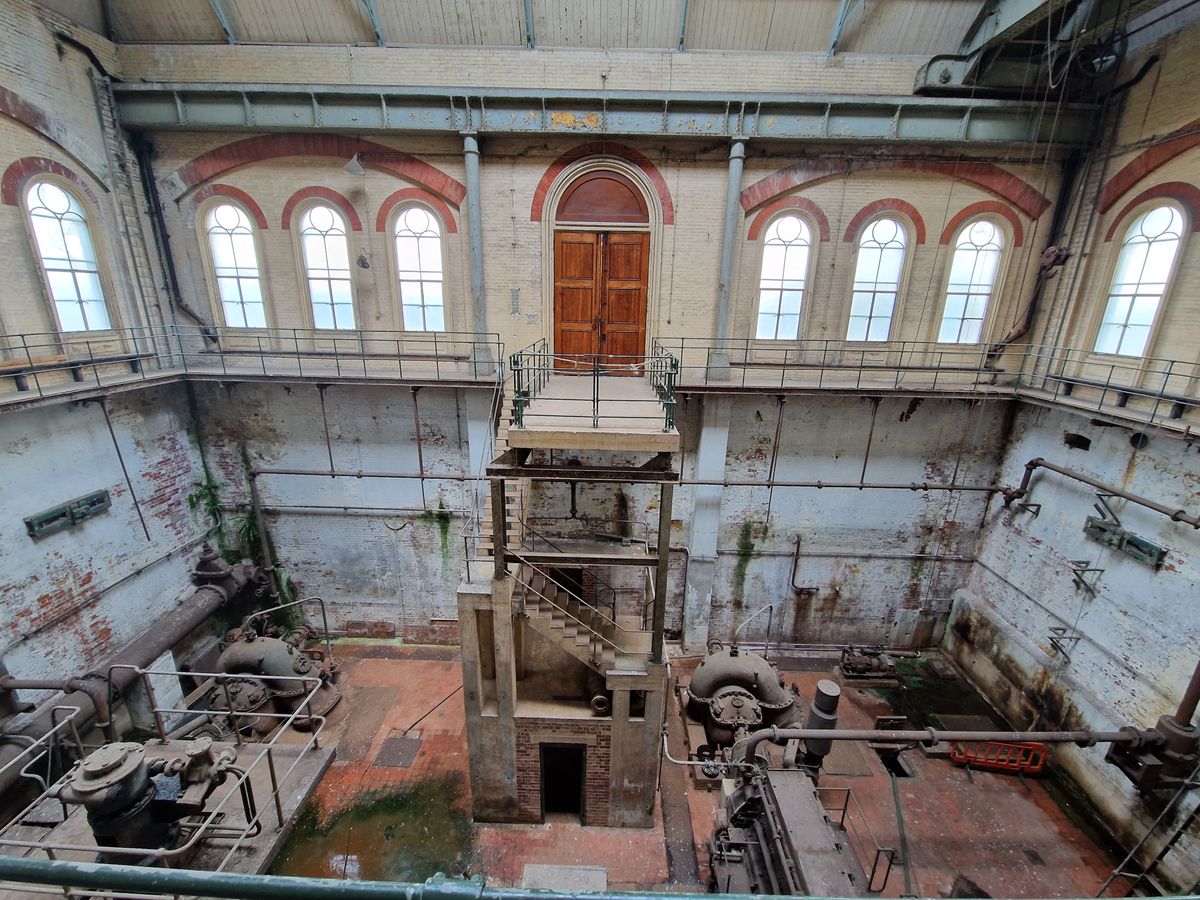About
In order to end the "Great Stink" of 1858, London needed a major upgrade to their sewer system. The Crossness Pumping Station was built to more efficiently deal with the waste of the populace, and they added surprisingly lovely ironwork to boot.
Victorian London in the mid-1800s was a booming urban center with a quickly growing populace that easily outstripped the capacity of the sewer system of the time. In the nightmare summer of 1858, unusually high temperatures got to work on the rivers of waste that were flowing into the Thames from overfull cesspools, and the resulting stench literally made the entire city of London smell like shit. The "Great Stink," as it came to be known, turned up noses across the city as the government got to work on improvements, eventually resulting in the construction of the Crossness Pumping Station.
Finished in 1865, the station used four massive steam pumps to flush non-solid waste into the river at specific times that got the effluent out to sea much quicker. Solid waste was put on barges (which must have been lovely places) and floated straight out to sea. The interior of the station was decorated in massive amounts of elaborate ironwork, giving the otherwise vile industrial site a delicately Victorian feel and earning it the nickname, "The Cathedral on the Marsh." The pumps, named "Victoria," "Prince Consort," "Albert Edward," and "Alexandra" respectively, were upgraded a number of times over the decades after their construction until the site was finally decommissioned and abandoned in the 1950's.
Today the site is listed as a historic site and is currently being renovated and is slated to eventually contain a museum devoted to the Great Stink.
Related Tags
Know Before You Go
It's only open on certain days of the year, so you have to check the website to see if they're open. They give guided tours on Tuesdays, but you have to book them with Eventbrite.
Also, be sure to book far in advance.
Community Contributors
Added By
Published
September 4, 2013


